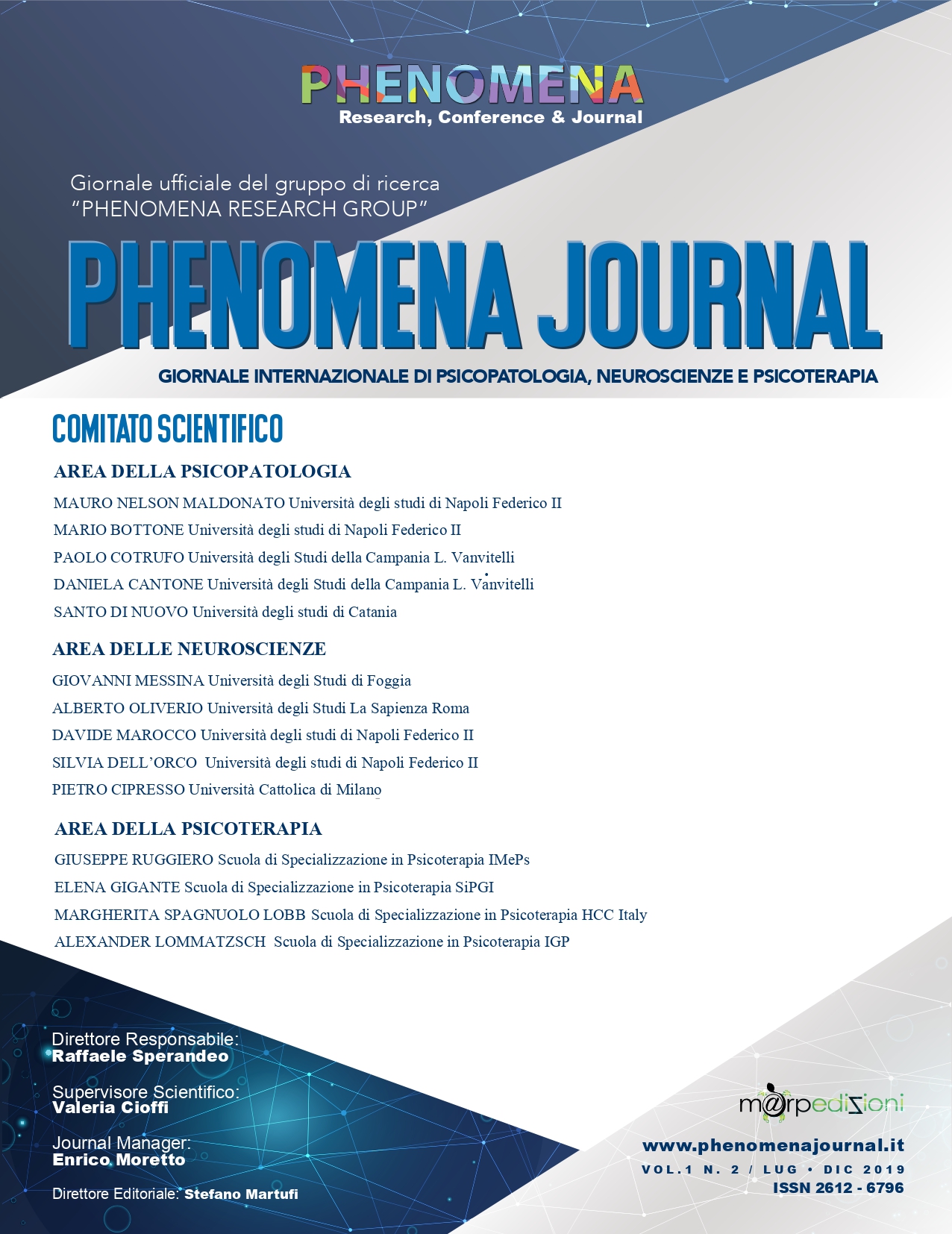

It also plays a useful role in treatment planning, patient follow-up, and symptom monitoring.Ĭorrect diagnosis is vital to proper treatment of the disorder. The SCID-D-R has been demonstrated to be a valuable tool in differential diagnosis with patients of different ages (it can be used in adolescents as well as adults), backgrounds, previous psychiatric histories, and presenting complaints.

Early detection of dissociative disorders, including depersonalization disorder, can be realized from the use of this specialized instrument, the format of which includes open-ended questions designed to elicit spontaneous descriptions of endorsed dissociative symptoms. The SCID-D-R can be used for symptom documentation and for psychological and forensic reports. Severity rating definitions were developed to allow clinicians to rate the severity of symptoms in a systematic manner and are included in the guide. Guidelines for the administration, scoring, and interpretation of the SCID-D-R are reviewed in the Interviewer's Guide to the SCID-D-R. The SCID-D-R is a semistructured diagnostic interview with good-to-excellent inter-rater and test–retest reliability and discriminant validity. Developed in 1985 and extensively field tested, it is the only diagnostic instrument enabling a clinician to detect and assess the presence and severity of five core dissociative symptoms and the dissociative disorders (dissociative amnesia, dissociative fugue, depersonalization disorder, dissociative identity disorder, and dissociate disorder not otherwise identified) as defined by DSM-IV criteria. The Structured Clinical Interview for DSM-IV Dissociative Disorders – Revised (SCID-D-R) is a diagnostic tool for the comprehensive assessment of dissociative symptoms and disorders, including the systematic identification of depersonalization. Steinberg, in Encyclopedia of Stress (Second Edition), 2007 Assessment with the SCID-D-R The shared format between the SCID-II and the SCID for Axis I disorders should facilitate training on the two measures and may ease the typical requirement that Axis I disorders are assessed and taken into consideration when conducting personality disorder examinations. The SCID-II has shown reliability comparable to other interviews and has been used in a number of studies. Also, the organization of items by disorder may create “halo” effects where a positive criterion rating may bias an interviewer's rating of similar items.Īlthough the SCID-II screening questionnaire is unusual the IPDE now has a screening questionnaire as well (neither the SIDP-IV or the PDI-IV use screening questionnaires). One disadvantage is that the lack of a thematically organized format limits an interviewer's choices, and some have raised concerns that disorder-based organization results in redundancy and repetition with similar items across different diagnoses. (1995) maintain that the grouping of questions based on disorder may more closely approximate clinical diagnostic practice and that this grouping forces interviewers to consider criteria in the context of the overarching theme of the disorder. Although other interviews have a disorder-based format available, only the SCID-II has this format as its primary (and only) format of administration. The SCID-II differs from other personality interviews in several respects. Brown, in Comprehensive Clinical Psychology, 1998 4.05.3.3.2 Summary


 0 kommentar(er)
0 kommentar(er)
